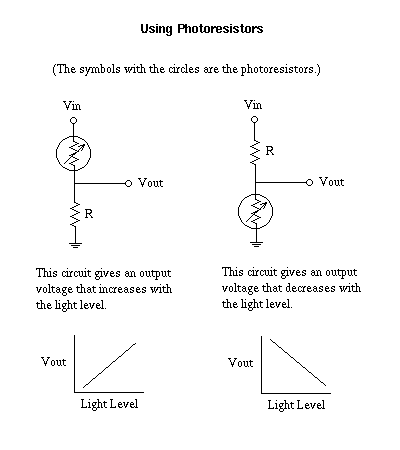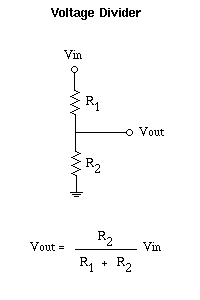
Photoresistors are light sensitive resistors whose resistance decreases with the amount of light falling on them. You can vary a voltage using them by a simple voltage divider circuit.
It's a quantum thing. Take 8.04.
The following schematic shows the basic circuit.

If you pick the resistors correctly, you can make the output of this circuit vary between a little over zero and a little under five volts for your range of light intensity. To pick the resistor, you need to realize that this circuit is just a generalization of the basic building block of analog electronics, the voltage divider.

Use an ohmmeter to measure the resistance range of your photoresistor for your range of light intensities. Using the above equation, make the output of the voltage divider vary between zero and five volts. Then, you can attach the circuit to the HC11's A/D converter to get a digital representation of the light intensity on the photoresistor.